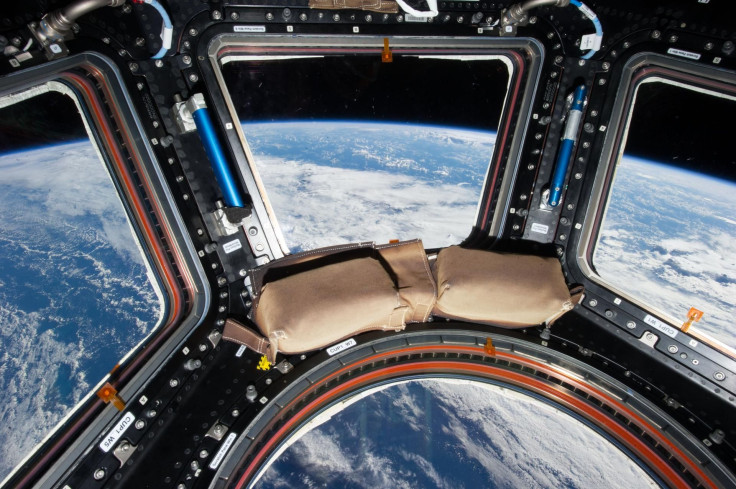Bacteria Contaminants In ISS Drinking Water Not More Dangerous Than Earthbound Strains

KEY POINTS
- In 2009, the a water dispenser aboard the ISS was discovered to be colonized by bacteria
- The bacteria likely came from when the dispenser was still on Earth
- The bacteria strains are just as, but not more, virulent than Earthbound strains
In 2009, NASA installed a water dispenser aboard the International Space Station (ISS) and, sampling soon showed that it was contaminated with two species of bacteria. The first contaminant to be discovered via sampling was Burkholderia cepacia then, later on, Burkholderia contaminans.
Both bacteria species are genomovars of the Burkholderia cepacia complex, which typically causes opportunistic lung infections in more susceptible individuals such as those with cystic fibrosis. The bacteria are known to survive for long periods in distilled water and, they can be very hard to kill, with some Burkholderia even found to be resistant to iodine.
The ones contaminating the ISS likely contaminated the water during unit assembly prior to the launch in 2008. Unfortunately, the bacteria persisted in the water dispenser even after periodic flushing with extra-strength iodine cleaning solutions.
For a new study now published in PLOS ONE, researchers sequenced the genomes of the strains collected between 2010 and 2014. They found that the two strains are likely of similar genomic lineages and stemmed from two distinct founding strains that were present when the water dispenser left the Earth.
But are they more dangerous or less so in a microgravity environment?
According to the researchers, the bacteria are not more virulent than the strains that can be found here on Earth. This means that if one of the astronauts were to get infected with the bacteria, it can still be treated with the same common antibiotics used to treat such infections on Earth.
“Overall, we find that while the populations of Burkholderia present in the ISS PWS each maintain virulence, they are likely are not more virulent than those that might be encountered on the planet and remain susceptible to clinically used antibiotics,” the researchers wrote.
That said, those two strains are not the only microbes aboard the ISS. In fact, NASA conducts microbial surveillance of the surfaces, air and potable water systems of the ISS and, an extensive microbial inventory conducted in 2019 found a community of microbes, the most prominent ones being Staphylococcus, Enterobacter, Bacillus and the fungus Rhodotorula.
All those microbes are associated with infections here on Earth but, whether they pose a threat to astronauts may depend on factors such as the astronauts’ health status as well as how the microbes actually behave and function in space.
© Copyright IBTimes 2024. All rights reserved.






















